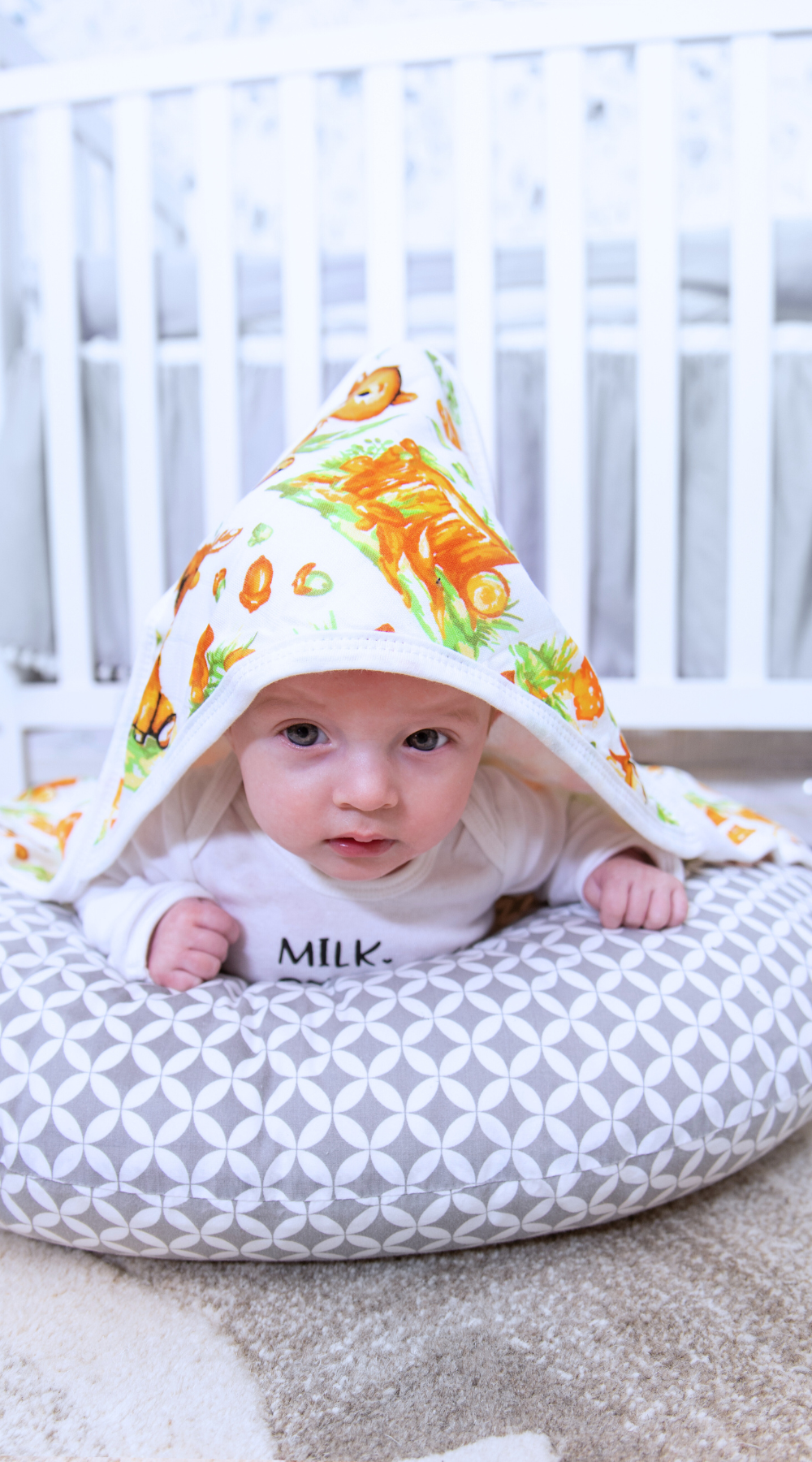A Comprehensive Guide to Preventing and Treating Diaper Rash

Diaper rash is a common and uncomfortable condition that affects infants and toddlers. Characterized by redness, irritation, and sometimes even raised bumps, diaper rash can be distressing for both babies and parents. However, with proper care and attention, diaper rash can be prevented and effectively treated.
In this article, we'll delve into the causes of diaper rash, discuss preventive measures, and provide effective treatment options to keep your baby's delicate skin healthy and happy.
Understanding Diaper Rash
Diaper rash, also known as diaper dermatitis, is primarily caused by prolonged exposure of a baby's sensitive skin to moisture, friction, and irritants found in urine and stool.
Other contributing factors include yeast or bacterial infections, allergic reactions to diapers or wipes, and even antibiotics that disrupt the balance of healthy bacteria on the skin. The rash can range from mild redness to more severe forms with raised bumps, open sores, and blistering.
Preventive Measures
Frequent Diaper Changes
The key to preventing diaper rash is to keep the diaper area dry. Change wet or soiled diapers promptly, ideally every 2-3 hours, to minimize skin exposure to moisture.
Choose the Right Diapers
Opt for breathable, absorbent diapers that wick moisture away from the baby's skin. Avoid diapers with fragrances, dyes, and potential allergens.
Air Out Time
Allow your baby to have some diaper-free time each day to let the skin breathe and reduce moisture buildup.
Gently Cleanse
During diaper changes, use a soft cloth, fragrance-free wipes, or warm water to gently clean the diaper area. Pat dry, avoiding vigorous rubbing.
Barrier Creams
Apply a thin layer of diaper rash cream containing zinc oxide or petroleum jelly to create a protective barrier between the skin and moisture.
Size Matters
Ensure that the diaper fits properly to prevent friction and chafing. Diapers that are too tight can trap moisture and exacerbate the rash.
Avoid Triggers
Be mindful of introducing new foods that could potentially cause acidic stools, leading to increased irritation. Consult your pediatrician for guidance on introducing solids.
Treating Diaper Rash
Keep It Dry
The primary goal of treatment is to keep the diaper area as dry as possible. Change diapers frequently and let the skin air out.
You can choose to buy a bamboo bath towel to instantly pat dry your baby's skin after every bath.
Use Diaper Rash Cream
Apply a diaper rash cream with zinc oxide to soothe and protect the affected area. Make sure the product you purchase is devoid of strong chemicals and fragrances.
Oatmeal Baths
Add colloidal oatmeal to lukewarm bathwater to help alleviate discomfort and reduce inflammation. Gently pat the skin dry after the bath.
Avoid Tight Diapers
Use loose-fitting diapers to reduce friction and irritation. Consider using cloth diapers or super-absorbent, breathable disposable diapers.
Anti-fungal Creams
If the rash appears to be caused by a yeast infection, your pediatrician may recommend an antifungal cream.
Consult a Pediatrician
If the rash is severe, persistent, or accompanied by fever, consult a pediatrician for proper diagnosis and treatment recommendations.
Conclusion
Diaper rash is a common ailment among infants and toddlers, but it can be managed effectively with proper care and attention. By following preventive measures such as frequent diaper changes, proper cleansing, and the use of barrier creams, you can significantly reduce the risk of diaper rash.
If the rash does occur, gentle treatment methods such as diaper rash creams, oatmeal baths, and loose-fitting diapers can help soothe and heal your baby's delicate skin.
Remember that every baby's skin is unique, so it's important to monitor their comfort and consult a pediatrician for personalized advice and guidance. With your attentive care, you can keep your baby's diaper area healthy, comfortable, and rash-free.





Leave a comment